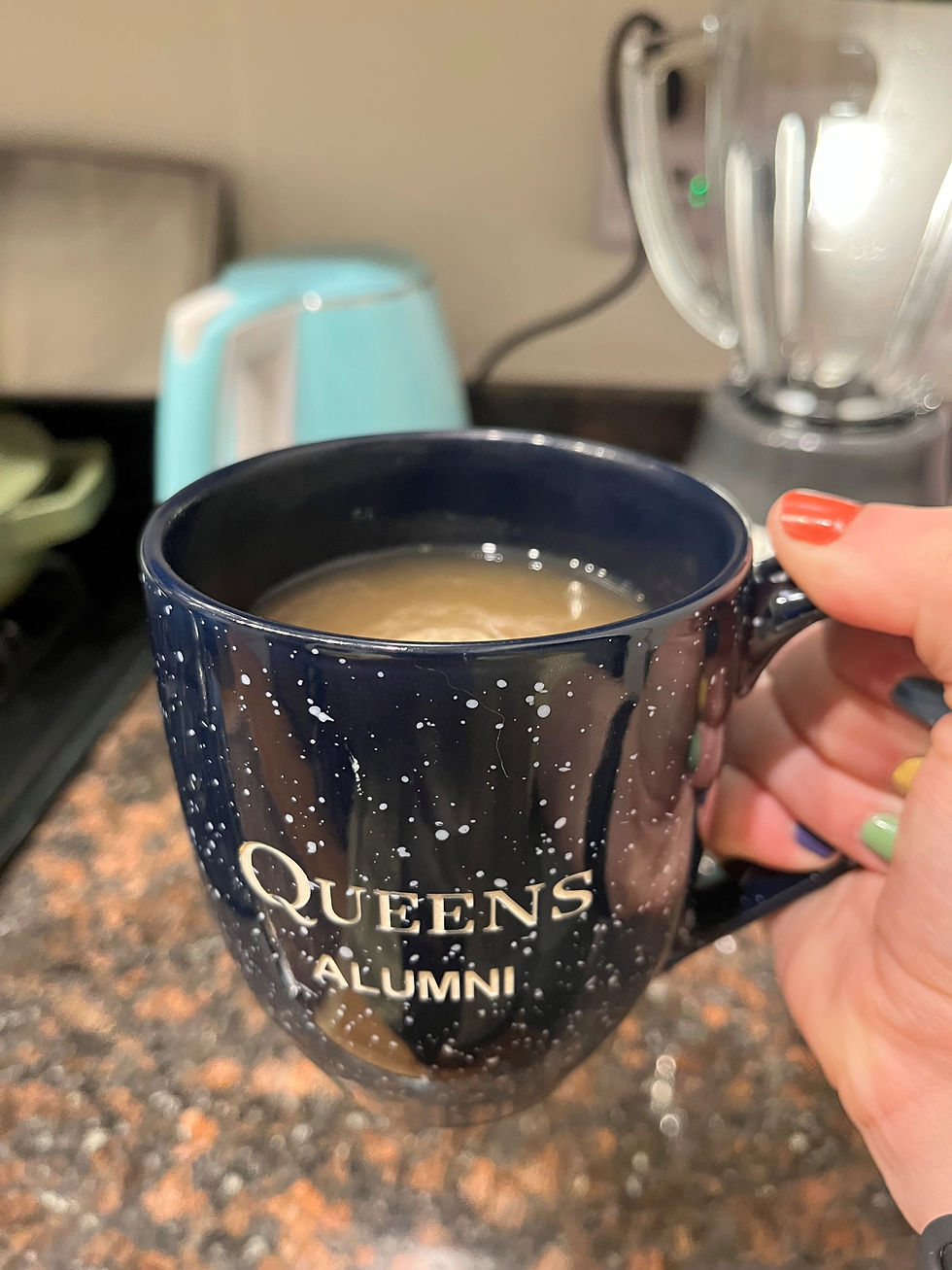Music Therapy Collaboration with Speech Therapy
- Harmonic Changes Therapy Services

- Sep 1, 2021
- 2 min read
Updated: Oct 1, 2021
On August 25th, I presented an Open Studio on the importance of the collaborative efforts of both Music Therapists and Speech Language Pathologists to produce the best treatment for patients
Some diagnoses that may benefit from this treatment include, but are not limited to: Traumatic Brain Injury (TBI), stroke, Parkinson’s Disease, Aphasia, Cerebral Palsy, Developmental Disabilities and many more!
Neurologic Music Therapy (NMT) is a primary practice utilized to treat those with Speech, Language or communication disorders. NMT is a research-guided clinical model that is driven by advances in neuroscience and the understanding of the perception, production, and performance of music and how music can influence and change non-musical brain and behavior function. There are 8 primary interventions that can be utilized:
• Melodic Intonation Therapy (MIT)
• Vocal Intonation Therapy (VIT)
• Oral Motor and Respiratory Exercises (OMREX)
• Music Speech Stimulation (MUSTIM)
• Rhythmic Speech Cuing (RSC)
• Therapeutic Singing (TS)
• Developmental Speech and Language Training Through Music (DSLM)
• Symbolic Communication Training Through Music (SYCOM)
These interventions must be performed by a Board Certified Music Therapist with the appropriate NMT training. However, performing thee techniques alongside a Speech Language Pathologist can assist clients by working on the parts of language a Music Therapist may not be able to touch.
Co- treatment between Music Therapy and Speech Language Pathology must be a collaborative effort from both clinicians. Here are some tips that may provide some guidance to provide the best Co-treatment for your clients:
Communicate with one another on how to best address the needs of the client and what music interventions can be used to enhance and support communication areas the SLP is addressing with the client and vise versa.
The more one Co-treats, the better one will be at it (practice makes perfect).
Goal development must also be a collaborative effort. It is important to have similar goals that are appropriate for each clinicians scope of practice.
Share information with one another: therapy news articles, ideas, pamphlets, research papers, etc. There are many publications from both Music Therapy and Speech Language Pathology journals that discuss the importance of collaboration. Additionally, sending each other resources that may provide the best treatment.
Communicate, Communicate, Communicate!
In conclusion, there may be times where Music Therapy advocacy is important and you have to focus on scopes of practice. However, observing the moment when you realize that collaboration makes for successful treatment cannot be beat.
Additional Resources
The Academy of Neurologic Music Therapy
• https://nmtacademy.co/
The American Music Therapy Association (AMTA)
• https://www.musictherapy.org/
American Speech and Hearing Association (ASHA)








Comments